For over 25 years, Shaksy International has established itself as a leading supplier and stocking distributor of electrical products for the oil, gas and energy sectors
With recent strategic expansions into Saudi Arabia and Abu Dhabi, the company is strengthening its regional presence to offer even more localised support. As part of its ongoing commitment to innovation and excellence, Shaksy International, in collaboration with its principal partners, participated in recent ADIPEC 2025. The event showed an extensive range of products tailored to meet the demanding needs of the energy industry.
One of the highlights of the event was Shaksy International's AmerCable (USA), including advanced energy cables and top drive service loops. These service loops are engineered to withstand the harshest land and offshore drilling environments. AmerCable offers two key types of service loops: traditional hose-encased versions and the revolutionary AmerLink jacketed service loops, a patented innovation designed for superior performance in extreme conditions.
Manufactured at state-of-the-art facilities in El Dorado, Arkansas, and Houston, Texas, each AmerCable service loop is rigorously tested and weatherproofed before reaching clients. These loops are engineered to endure the intense operational stresses encountered during well drilling, ensuring reliability and safety. All AmerCable systems comply with IEEE Std 2740-2020 standards.
The groundbreaking AmerLink jacketed top drive service loop represents a significant advancement over conventional hose-encased designs. Featuring reinforced industrial-strength protective jackets with stainless steel armoring and aramid fibers, these loops are built to support heavy loads and dynamic forces, all while preventing water ingress. The design offers a 58% improvement in pull-out and breaking strength, greatly enhancing durability and operational safety.
In addition to power cables and service loops, Shaksy International is the exclusive distributor for Emerson Appleton electrical products—trusted globally for their reliability in hazardous and demanding environments. Focused on sectors such as energy, refining, petrochemical processing, construction, defense, and power, Shaksy International has earned a reputation for providing high-quality products and exceptional customer service.
The company maintains a substantial stock of explosion-proof materials, offshore marine equipment, drilling rig cables, connectors, lighting fixtures, and more, ensuring rapid delivery and comprehensive support. Shaksy International remains committed to delivering superior products and services, driving innovation and customer satisfaction across the region. For more information, visit their website at www.shaksyint.com or contact the sales team at






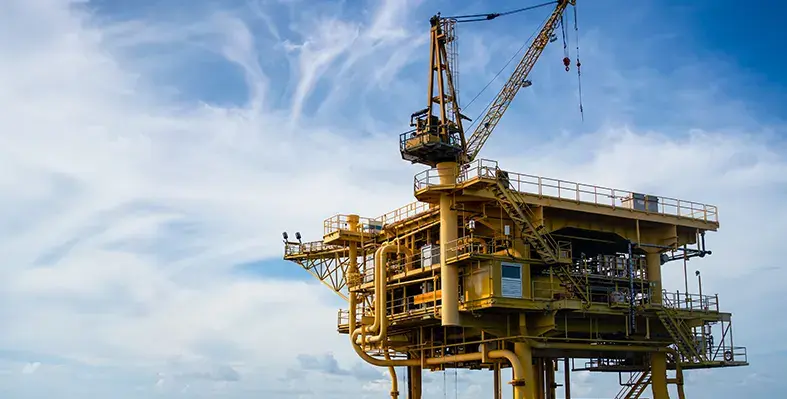
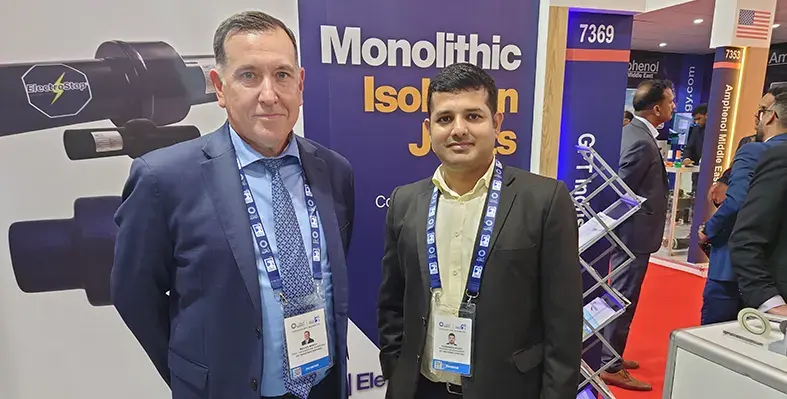
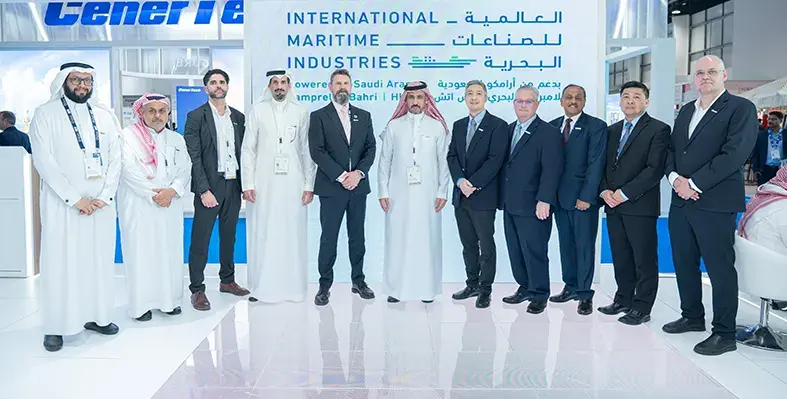
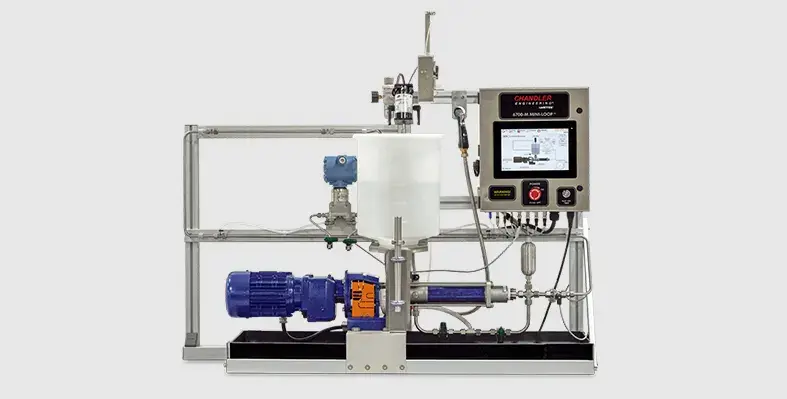
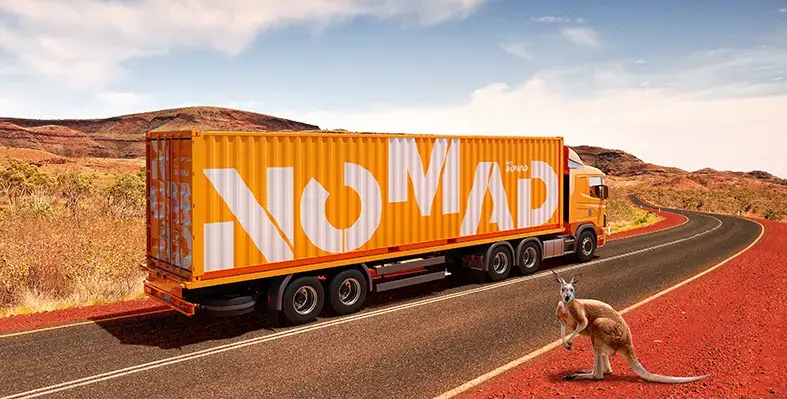
 The recently introduced Nomad 40 takes this further, providing up to 1 megawatt of IT heat rejection and supporting more than 1,000 NVIDIA H200 GPUs or 92,000 CPU cores in a mobile, modular form. Both systems are engineered to operate in any environment – including the hot, arid conditions common across the Middle East – thanks to the integrated immersion-cooling system that shields hardware from dust and oxidation. This makes Nomad uniquely capable of delivering scalable compute power on demand in places where traditional air-cooled systems often struggle with efficiency and reliability.
The recently introduced Nomad 40 takes this further, providing up to 1 megawatt of IT heat rejection and supporting more than 1,000 NVIDIA H200 GPUs or 92,000 CPU cores in a mobile, modular form. Both systems are engineered to operate in any environment – including the hot, arid conditions common across the Middle East – thanks to the integrated immersion-cooling system that shields hardware from dust and oxidation. This makes Nomad uniquely capable of delivering scalable compute power on demand in places where traditional air-cooled systems often struggle with efficiency and reliability.

